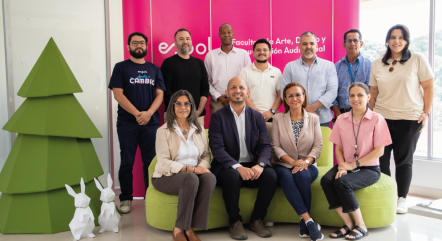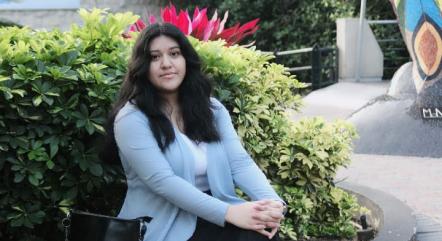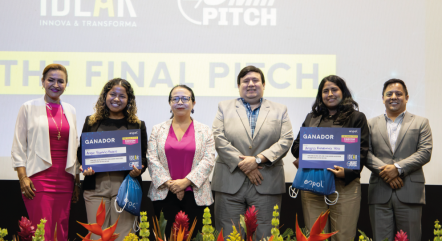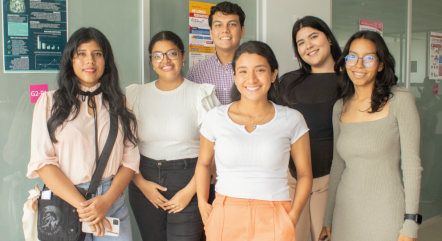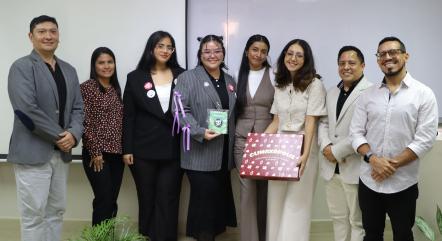
Professors Arianna del Pino and Edgar Jiménez received the news in the last days of October. The two professors of the School of Design and Visual Communication (Edcom) are among the winners of the Clap Awards, a contest that selects the best graphic design professionals and agencies in Ibero-America.
Del Pino says that in May he registered his book Sectorial Brands in three categories, a text he started as research for his master's thesis. “The topic of sectorial brands is linked to the change in the productive matrix that the country is going through”, explains Del Pino. The booklet won a Clap award for Best Textbook Design and two “Clap Selections” in the categories of Best Illustrated Book Design and Best Paginated Booklet.
Professor Del Pino won a fourth award in this contest for her design work on the Muros Libres smartphone application. The app, created by the Municipality of Quito and the Metropolitan Agency for Economic Promotion (ConQuito), allows street artists (graffiti artists) to find public or private walls to paint on. “The idea is to generate a street art gallery through an app,” says Del Pino.
For his part, professor Edgar Jiménez says that a few days before the closing of the contest he entered his work in the Clap. “I found out I had won through Facebook!”, comments the also member of the design agency Lúdica Studio Creativo.
Through Lúdica Studio, Jiménez designed the logo for the U.S. company RISE. With this work he won the Clap Platinium, the highest award in the Best Graphic Brand category. Jiménez explains that what most caught the jury's attention was “the whole conceptualization process it took to create this ecological logo without turning it into something trite”. RISE is a project created by students at New York University with the aim of creating ecological awareness in New York City industries.
Jiménez says that in the creative process he left aside more common symbols linked to ecology, such as trees and leaves. Inspired by circular shapes, linked to the waste reuse cycle, and focused on other beings vulnerable to pollution (small animals), he merged both concepts to work as an image: the body and wings of a bird.
“If we only work in the aesthetic sense, it is more likely to make some kind of mistake, but if there is research, we can get a better result,” says Jiménez.
Source EDCOM-BREIK Editorial Club
